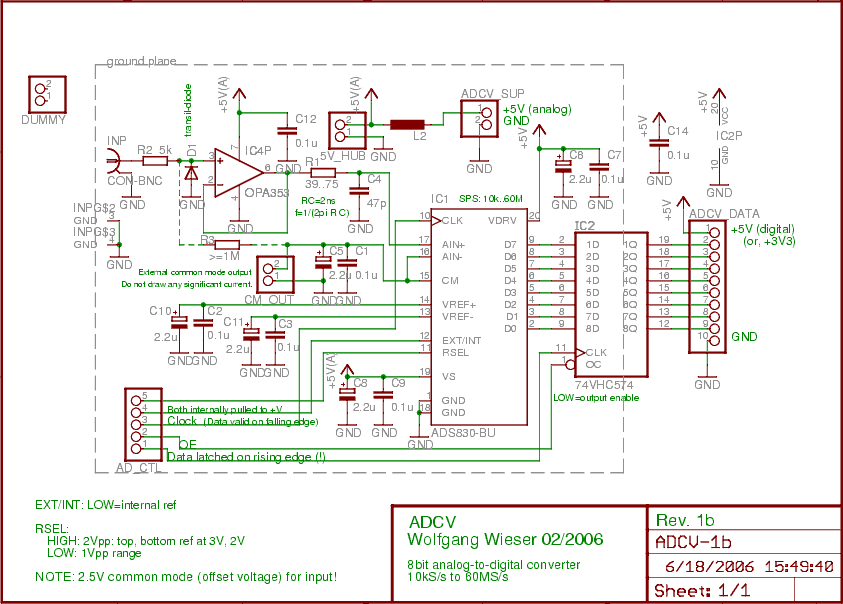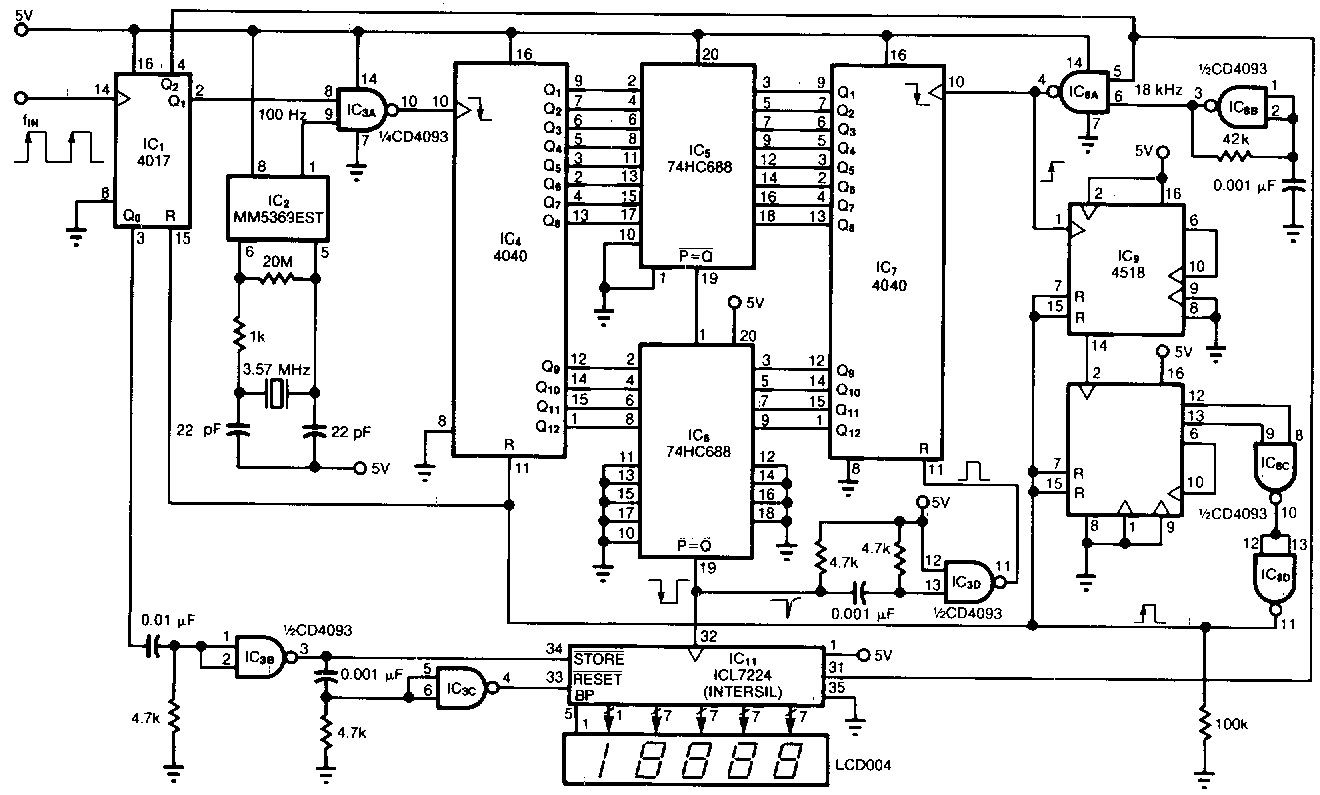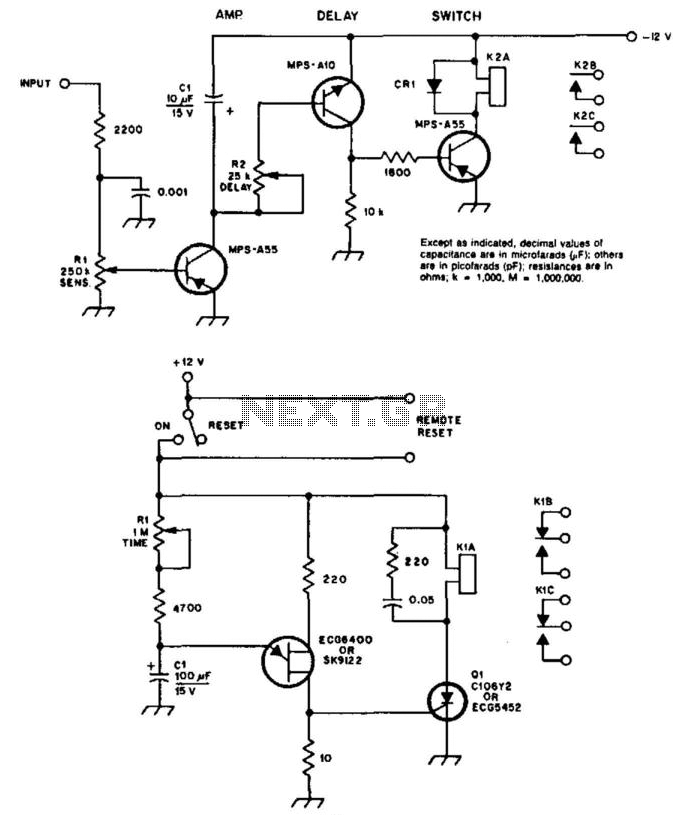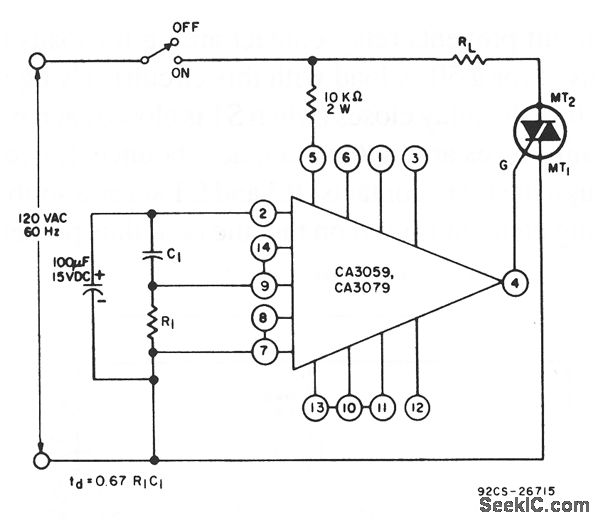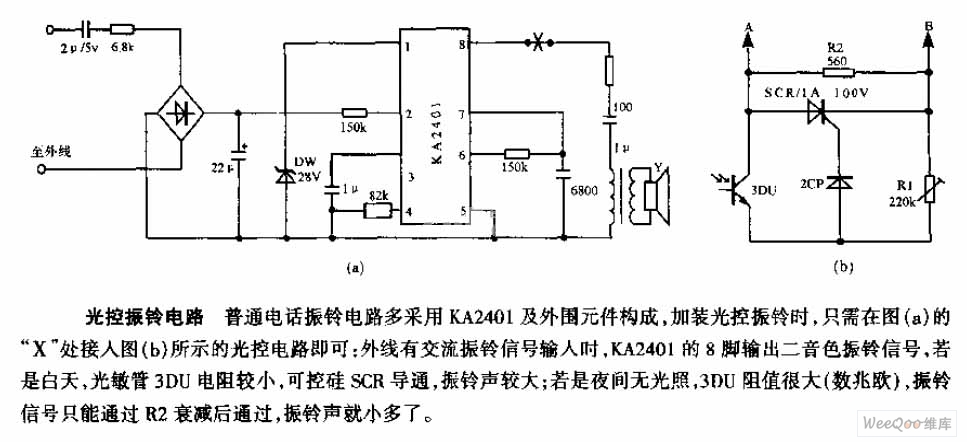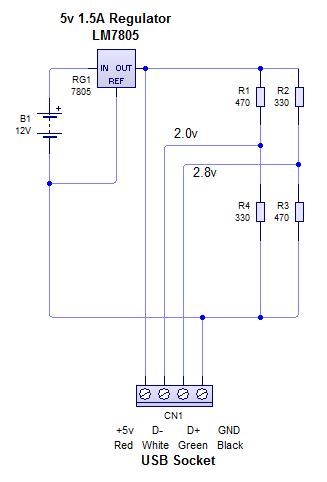
USB Operated Home Appliances
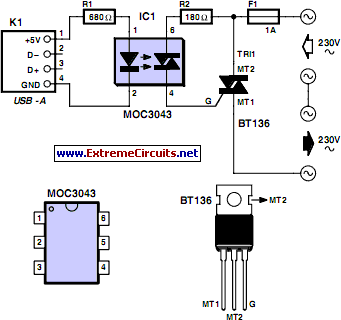
When powering a computer on and off, various peripherals, including printers, screens, scanners, and others, often need to be activated or deactivated simultaneously. By implementing a system that manages these peripherals...
In modern computing environments, managing the power states of peripherals in conjunction with the computer itself is essential for both energy efficiency and user convenience. A common approach to achieve this is through the use of a power management circuit that can control the activation of multiple devices based on the state of the computer.
This circuit typically consists of a microcontroller or a dedicated power management IC that monitors the power state of the computer. When the computer is powered on, the microcontroller sends a signal to a relay or a solid-state switch that activates the connected peripherals. Conversely, when the computer is turned off, the microcontroller deactivates the peripherals by cutting off the power supply, thereby preventing unnecessary energy consumption.
The circuit may include additional features such as status LEDs to indicate whether the peripherals are powered on or off, and it may also incorporate safety mechanisms to prevent damage from power surges. Furthermore, user-configurable settings can be implemented, allowing users to select which peripherals should be powered on or off with the computer.
To ensure reliable operation, the design should consider the electrical characteristics of the peripherals, such as their voltage and current requirements, and the circuit components should be rated accordingly. Proper isolation techniques, such as opto-isolators or relays, should be employed to protect the microcontroller from high voltages present in the peripheral devices.
In summary, the integration of a power management circuit for peripherals enhances the overall efficiency of a computing setup, providing a seamless user experience while minimizing energy waste.When turning a computer on and off, various peripherals (such as printers, screen, scanner, etc.) often have to be turned on and off as well. By using the.. 🔗 External reference
In modern computing environments, managing the power states of peripherals in conjunction with the computer itself is essential for both energy efficiency and user convenience. A common approach to achieve this is through the use of a power management circuit that can control the activation of multiple devices based on the state of the computer.
This circuit typically consists of a microcontroller or a dedicated power management IC that monitors the power state of the computer. When the computer is powered on, the microcontroller sends a signal to a relay or a solid-state switch that activates the connected peripherals. Conversely, when the computer is turned off, the microcontroller deactivates the peripherals by cutting off the power supply, thereby preventing unnecessary energy consumption.
The circuit may include additional features such as status LEDs to indicate whether the peripherals are powered on or off, and it may also incorporate safety mechanisms to prevent damage from power surges. Furthermore, user-configurable settings can be implemented, allowing users to select which peripherals should be powered on or off with the computer.
To ensure reliable operation, the design should consider the electrical characteristics of the peripherals, such as their voltage and current requirements, and the circuit components should be rated accordingly. Proper isolation techniques, such as opto-isolators or relays, should be employed to protect the microcontroller from high voltages present in the peripheral devices.
In summary, the integration of a power management circuit for peripherals enhances the overall efficiency of a computing setup, providing a seamless user experience while minimizing energy waste.When turning a computer on and off, various peripherals (such as printers, screen, scanner, etc.) often have to be turned on and off as well. By using the.. 🔗 External reference
